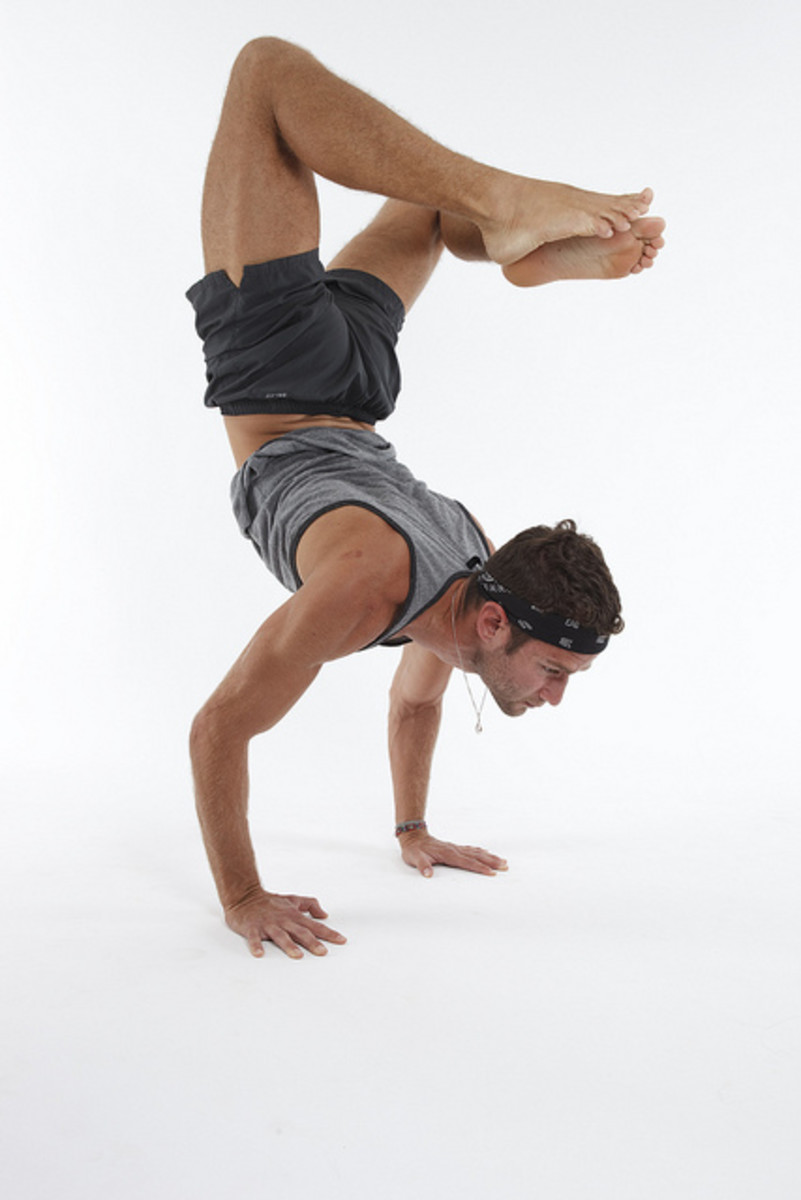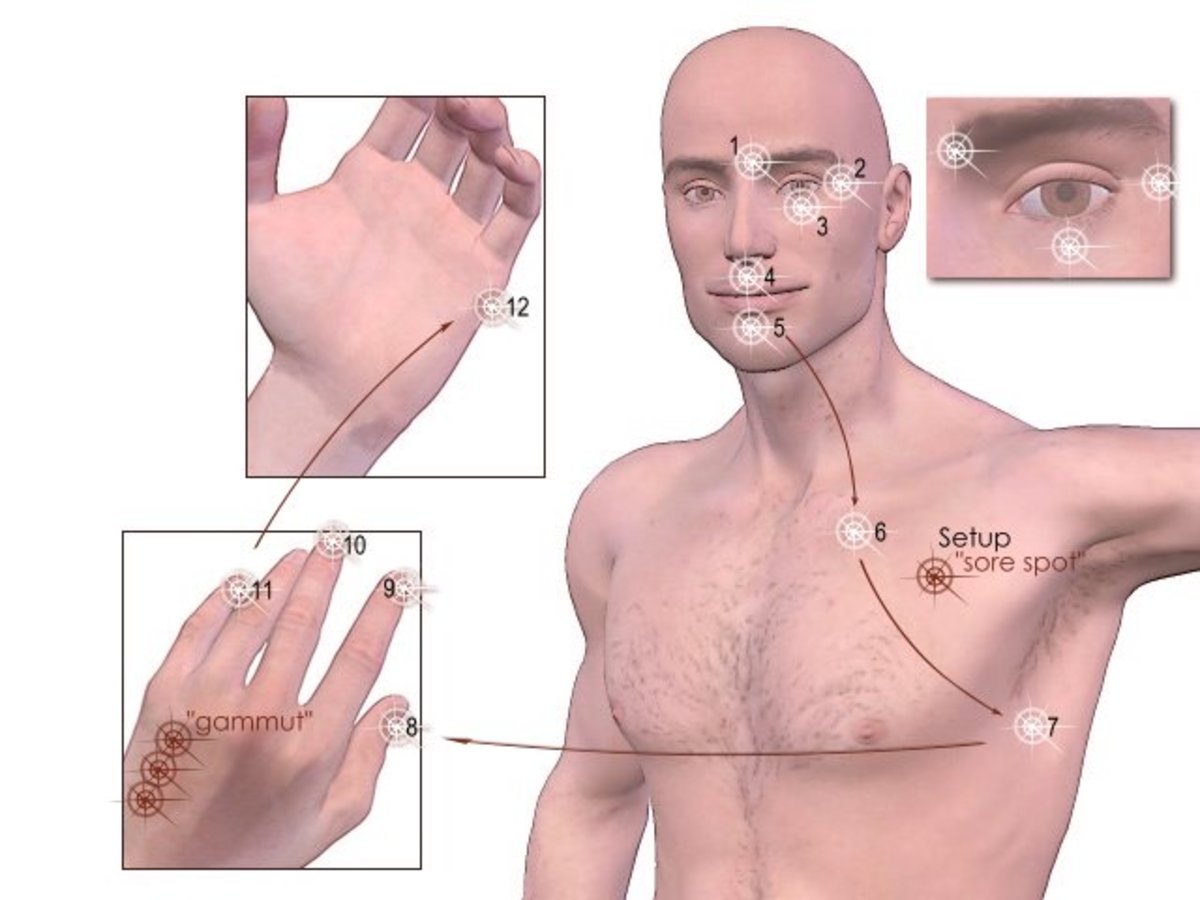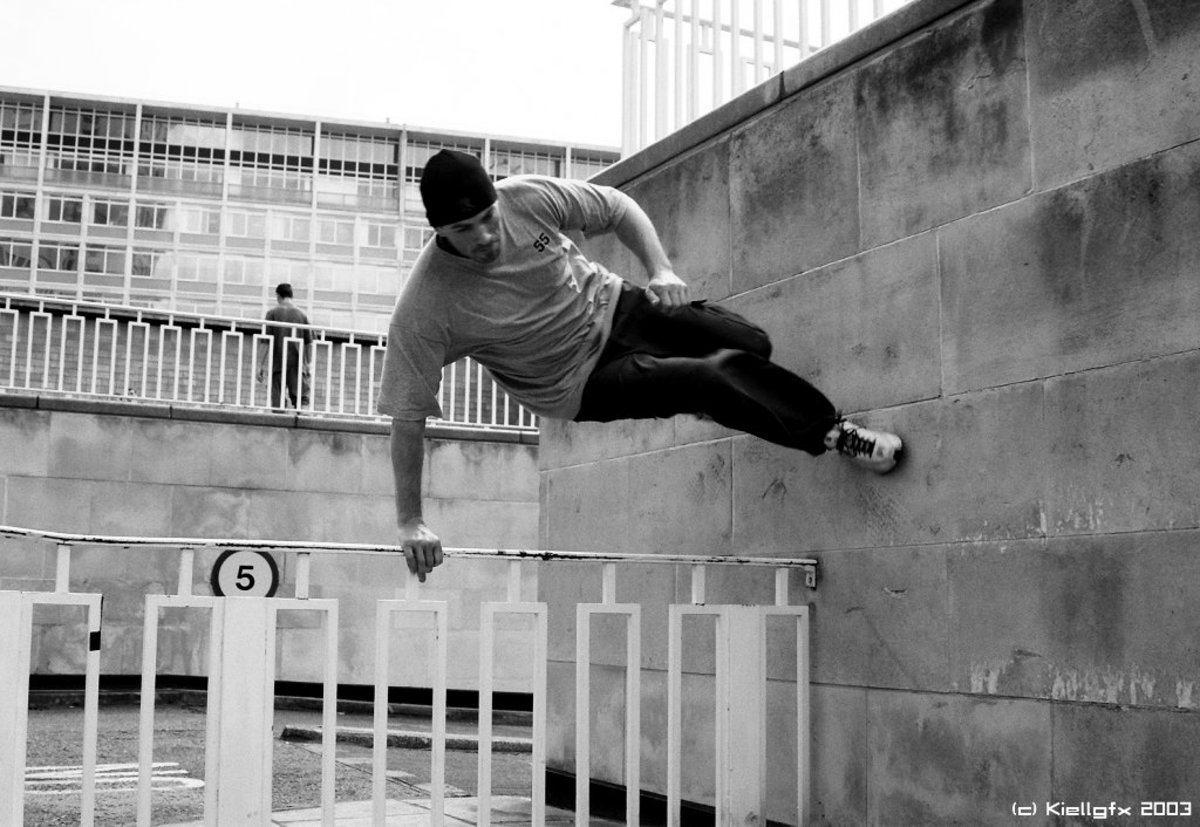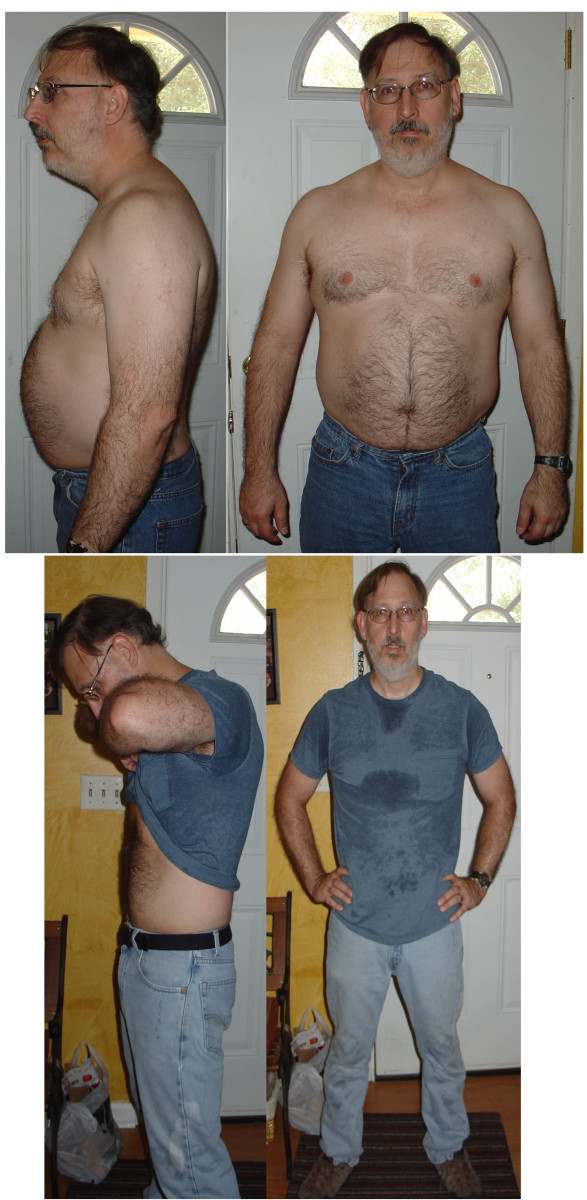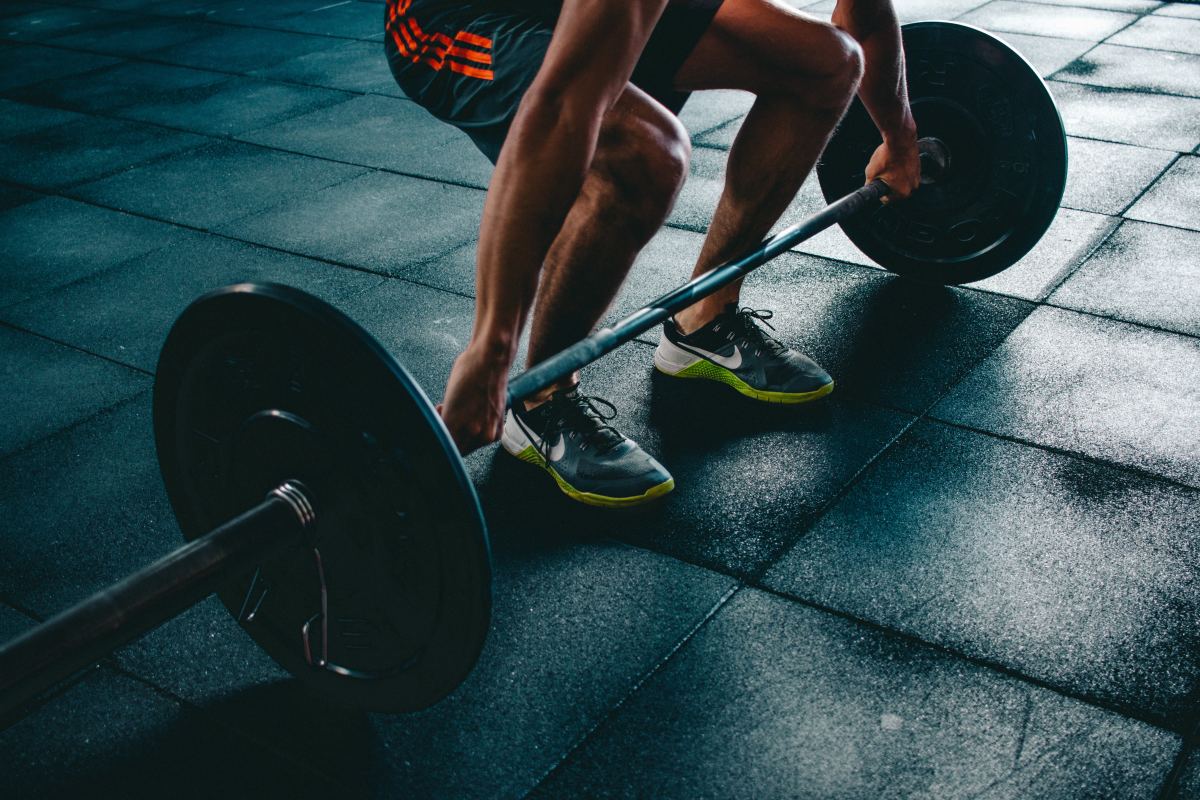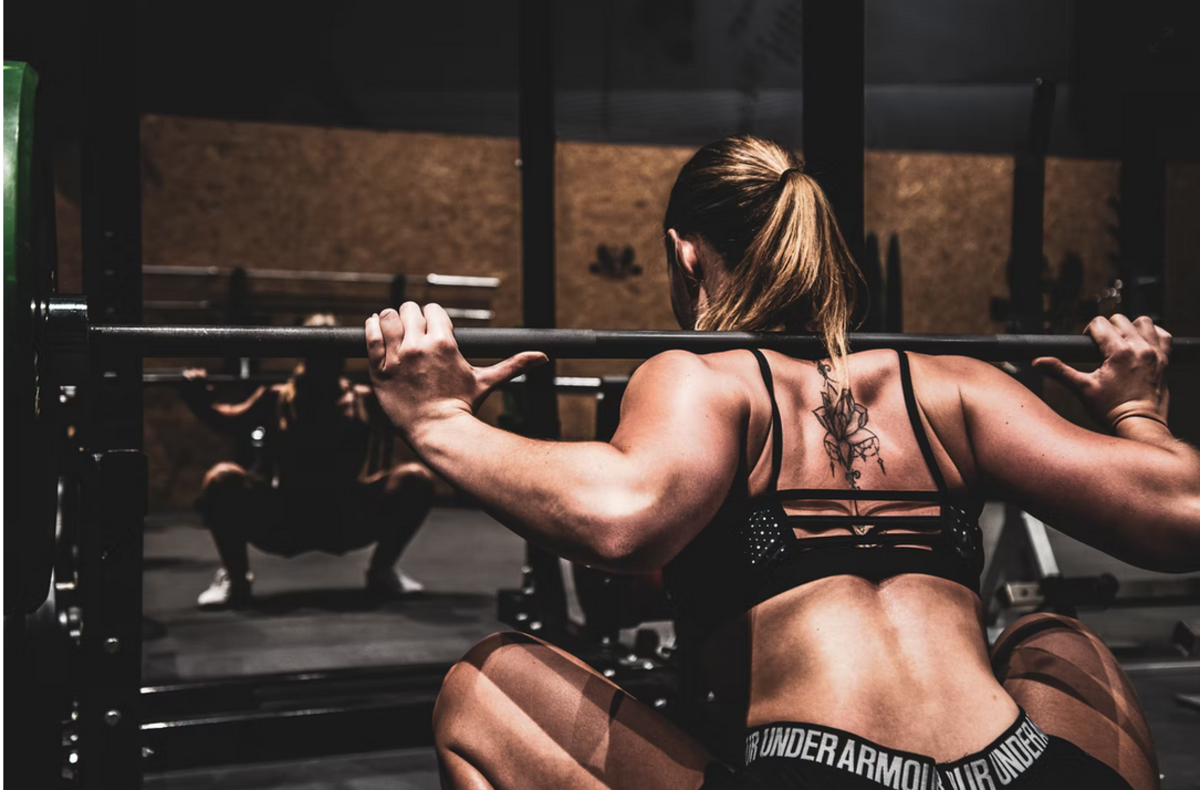Parkour - Infinite Handstands possible with this technique
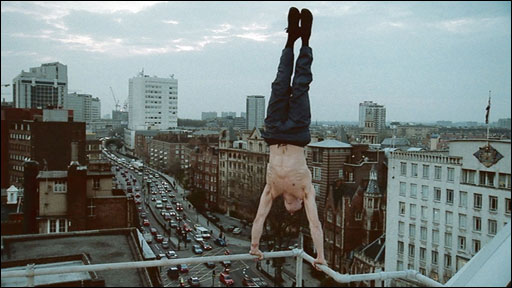
There's only a few things you need to know
The handstand is not necessarily a parkour move, but it can give you your own sort of style. Learning how to do a handstand is really easy to do. All it takes is a little persistent practice. Handstands are surprisingly difficult; you have to be pretty darn athletic to get good at them.
Handstands are good for improving not only physical attributes but mental as well. As you learn how to handstand, you will develop and improve your arm strength, hand eye coordination, confidence, and balance.
The reason I attribute the handstand to parkour, or parcour, is because it can be used to create your own style. Parkour is popularly defined as getting from point A to point B as fast as you can, so the actual handstand isn't going to help with that. It is mostly going to be used to increase your overall confidence so that you can do other, more intense parkour moves.
An example of the handstand in parkour is walking on your hands on a wall or ledge to look cool. Other than that, use your imagination. And if your looking for the short answer, keep your weight forward rather than backward because it's a lot easier to catch yourself if you fall forward. If you have tried that and it still doesn't work, then keep reading.
Cliché time - Be Safe
With handstands, there are not too many injuries that you are prone to. Obviously, if you try a handstand atop a wall and fall off, you're going to be feeling some pain. The worst things that could happen to you are jammed, dislocated, or broken fingers, and just getting the wind knocked out of you. The only explanation of why you could mess up your fingers is if you fall and try to catch yourself but have an epic fail. I'm just telling you to be aware because I dislocated my finger trying to catch myself one time. Granted, I got it caught in between something but still.
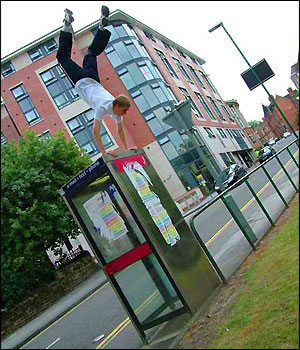
Most Important Part
It's really simple. This is the important part when learning how to handstand: keep your weight forward. The reason you do this is because it is a lot easier to catch yourself when you fall forward than if you fall backward. I don't know how else to explain other than just try it and you will see what I'm talking about.
In order to do this, you have to keep control of your legs. Your body will go wherever your legs take you. Lean your legs forward to go forward, left to go to the left, back to go backward or slow down, etc. You can actually do a handstand with your legs flailing around, as long as they are semi-under control. It will just take a little more energy.
Starting out
i'm sure that you have at least tried a handstand multiple times in your life, so I'm sure you can do a handstand for at least a couple seconds. As you start out, don't worry about keeping your legs together, that will come later. All you want to do is try to keep decent control of your legs. Don't be flailing them around like crazy, but a little flail action isn't too bad for the start. In the beginning, all you want to worry about is controlling the direction that you handstand walk.
Hands and fingers
I don't think this is an issue for anybody, but I thought I'd include it just in case. You want your palms to be facing forward when you are doing a handstand. Even as you walk, you want your fingers to be facing forward.

Don't forget to breathe!!
If you feel like your head is about to explode every time you do a handstand, I got a Mythbusters quote for ya, "Well, here's your problem". You need to remember to breathe when you are upside down because all the blood is rushing to your brain, and you need more oxygen than if you were standing up normally.
Breathing helps with any kind of workout. It makes sense because if you are holding your breath the whole time, you will deplete the oxygen that is trying to get to your muscles and brain. You might need to force yourself to breathe, but it's completely necessary.
Handstand Masta - Advanced techniques
Ok, so you're getting good. You know that you control where you're going with the position of your legs and that your hands have to be facing forward, but there are a few nuances you should know along with that. You want to keep your arms shoulder length apart, unless you are attempting a handstand push up.
Another cool thing to know is how to get into a handstand from a roll. You can't roll into it frontwards, but you can do it backwards. From a standing position, fall backwards. The key is to make it a smooth fluid motion, like all of parkour. This move can be attributed to parkour for the variety with it. The key to getting the fluidity is dipping down as you descend, then pushing directly back as you get really close to the floor. You want to get your hands back really fast and use your momentum to push yourself up. It's really difficult to get yourself into the handstand position, so try to use as much of your momentum as you can when getting up.
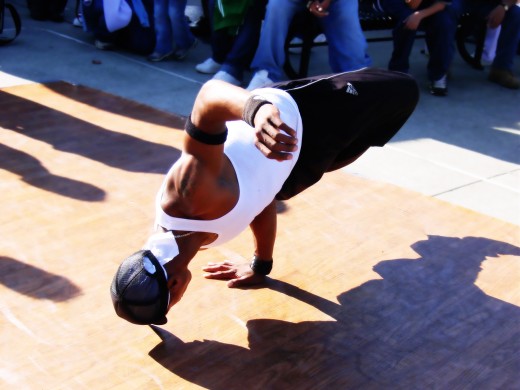
Variation - break dancing stand
I don't know what this classifies as but I thought I'd include it just in because. To see how this works, lay on your stomach. Then put all your weight on your arms and lets your elbows push into your abs. Your hands should be the only thing touching the ground and your body should be parallel with the ground. You can't really move around in this position, it's just another "style" move.
It may seem really stupid like explained above; what makes it cool is the different ways you can use it. For example, my friends and I like to jump onto the corner of a table and catch ourselves in that position. It's kind of like a stall (using skateboard terms (specifically called a blunt stall)).
Recap
How to do it - Keep control of your legs, your body goes where your legs lead. To go forward, lean your legs forward, backward, etc. To stay up, keep your weight forward because its easier to catch yourself if you fall forward than backward.
What it helps - Improves hand eye coordination, balance, and arm strength.
Why to do it - It gives you variety and confidence for parkour.
For more of my Hubs on Parkour, follow the links below :)
Don't Forget!!
If you liked this Hub, please don't forget to
- Vote it up
- Share it with your friends and networks
- Comment
- Check out some of my other parkour Hubs
Thanks so much for reading my Hub!! I hope it helped you!!

